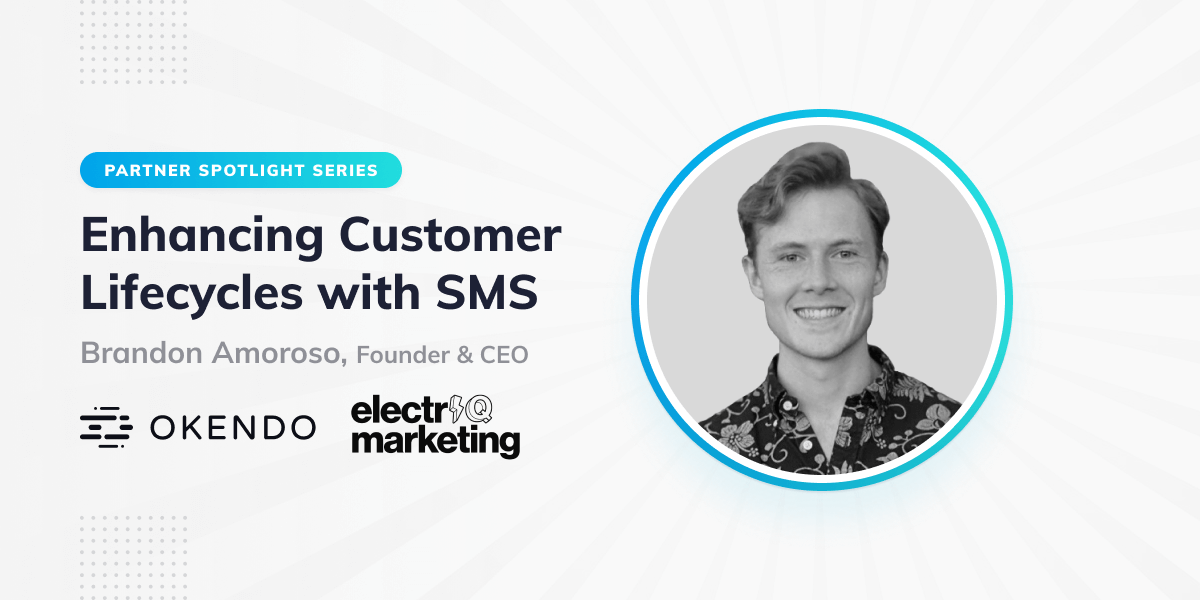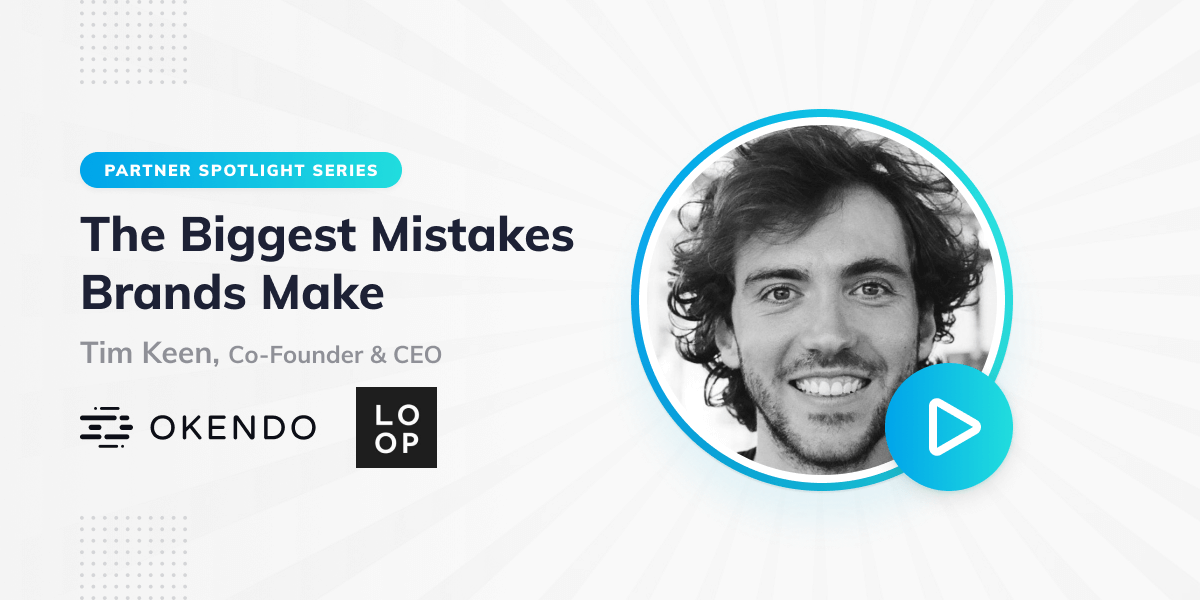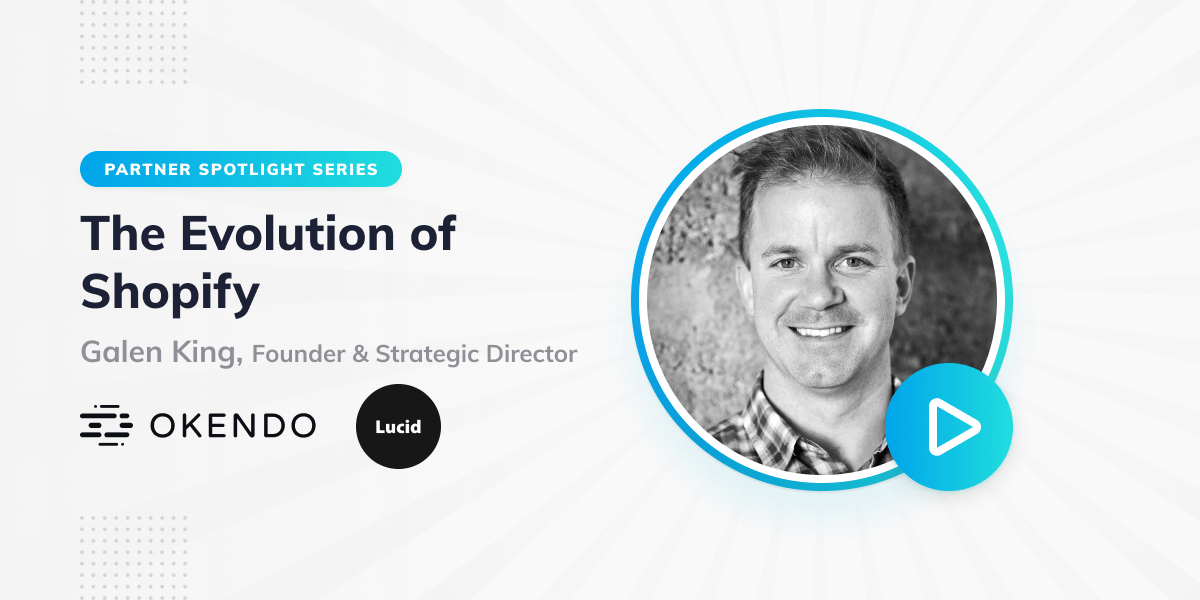TVP is a world-class Shopify Plus partner agency based in New York. TVP specializes in ecommerce technology, agency services, merchandising and sourcing, and operations and fulfillment, supporting the most difficult aspects of any DTC business.
I had the pleasure of sitting down with Daria Rose, TVP’s Director of Technology and Ecommerce, to discuss where her ecommerce expertise comes from, TVP’s unique approach to business development, and how she aims to help brands and entrepreneurs of all sizes thrive in the DTC space.
What sparked your initial passion for ecommerce, and what motivated you to start your own agency?
My team jokes about this a lot because the answer is obvious and silly: I shop a lot. I was one of ecommerce’s earliest “adopters” amongst my friend group. I’d shop at the mall in high school, but the second I got to college, the number of packages I’d order every week was staggering. My friends thought I had a problem.
Companies like GILT and Rue La La were my favorites — their trick was letting you return items for store credit instead of paying shipping fees. Essentially, I’d keep buying things, return them, and grow my store credit to buy even more things. This practice pivoted into supporting several DTC brands. I grew more comfortable with buying things online and learned to love the process of purchasing a lot, trying things out in the comfort of my own home, and sending them back with ease.
However, I did become frustrated with several bad experiences, so that’s what motivated me to start TVP. I knew what a good customer experience looked like and wanted to help people. My philosophy is if I know how to help someone, I should, and that’s been TVP’s mission since.
Do you ever recommend store credit as an option for your clients? What’s your strategy there?
I don’t at the moment because store credit options aren’t ideal on Shopify. You can offer a gift card in exchange for a return, but it’s a very manual process for customer service. There are apps like Rise.ai that you could use to issue store credit as a gift card, but Shopify has work to do there.
Just the other day, I bought several pairs of tartan pants from a brand called Cider. I kept some and wanted to return others, so the brand offered me store credit immediately or a refund in a few business days. I opted for the former, but they let me keep the items anyway because processing a return and shipping is expensive for them. They wanted to keep me as a customer — it’s not great for the brand to lose money that way, but in the end, I’ll definitely be coming back, so it’s a balance.
That’s a great tip, maybe I’ll be less hesitant about making that first purchase! It definitely costs less to keep a customer than acquire a new one.
You were only 24 when you launched TVP. What is something you know now that you wish you did then?
I do reflect on the past, but I’m a firm believer that things happen for a reason and wouldn’t change much. TVP wouldn’t be what it is today without all we’ve gone through. It started as just me doing design and development for a few clients, but as it became overwhelming I hired contractors on a project basis. I brought them on full-time as the business got bigger and brought on more contractors, so we’ve snowballed into 15-18 people on the ecommerce team.
The only thing I wish we had done earlier was build our own theme. We’ve built them from scratch and use the Shopify theme store, but we finally have our own proprietary theme in the works.
Do you use Shopify 2.0?
Shopify 2.0 is largely what motivated me to create our own theme now because there are many customizations we build multiple times for different clients, like “complete the look” and other “smart” website sections. 2.0’s ability to drop sections anywhere and quickly create templates in the editor is incredible. We won’t put the theme in the store — it’s a value add for our clients — but 2.0 is helpful and much faster.
What are some of the most frequent issues your clients struggle with, and how can merchants avoid them to begin with?
Something we see frequently is merchants without a solid content plan. They don’t think through their site’s final content until three days before launch and scramble to pull it together. A process we changed recently is a content-first approach, asking, “What is the story you’re telling, and how do we design for that story?” instead of fitting content to the design. You might change your content, but will you change your story?
Another even more significant problem is merchants trying things out but unwilling to give them breathing room. Be patient. We often see merchants experiment with something but immediately want to move on if it doesn’t show the results they want the next day. We know your bottom line and conversion rate are important, but you need to give shoppers time to adjust. Conversion rates for returning customers are higher than first-time visitors, so let them get used to the new features. Even if they bounce at first, they’re still more likely to come back next time they see an ad.
Similarly, looking at metrics on a daily basis is dangerous. You need at least a week, ideally 30 days. Those measurements paint a much better picture because there are so many factors that affect your KPIs. You can’t look every day and panic when something drops for a minute. Give it a second and be calm.
One of your responsibilities at TVP is to drive the direction of Phantom Commerce. Why did you decide to build it, and what does it mean for ecommerce?
TVP has three departments: manufacturing and merchandise production, fulfillment and logistics, and ecommerce. Phantom Commerce is our mostly-internal software tool that connects them. The primary benefit is what it allows merchants to do, such as bundling products correctly in the backend instead of within Shopify (which can result in inventory inconsistencies) and enabling preorders and selling ahead. The pre-order feature allows you to sell beyond your existing stock and organize those orders separately. The sell ahead feature, which is incredibly relevant nowadays, enables you to sell against a purchase order. If you place a purchase order with your manufacturer for 1,000 pieces, you can sell against it instead of waiting for it to come in. Ultimately, Phantom Commerce is all about sales enablement and not limiting merchants by what they have in their warehouses.
We also plan on adding a marketing element to the platform, which will allow merchants to create ads for specific products, collect sales data, and drive bundles that perform well. It comes down to making smarter decisions. Have you ever clicked on an ad that takes you to a sold-out product? The merchant just paid for me to click on something I can’t buy. That shouldn’t be allowed, so Phantom alleviates those issues.
That sounds amazing. I can’t tell you how many times I’ve had merchants come to me looking for a way to fix their bundling problems, but many current solutions that work well are overly complex. Do you have plans to release Phantom Commerce to a wider audience?
Integrating it with other platforms merchants would use is theoretically possible, so it’s definitely something we’re considering!
What inspired you to start your podcast, “Ecommerce Standup” and what do you hope to accomplish with it?
We had multiple reasons for starting it. My co-host Belinda and I would chat every morning, and my TVP co-founder jumped on the chat once and said, “This is what you talk about every morning? This is valuable stuff. Other people need to hear these conversations.” My initial reaction was, why should people care about what I have to say? But I realized I am an expert in the space and should be confident about sharing what I know.
Plus, TVP’s company ethos is that we want to provide value to businesses of all sizes. Unfortunately, it does become difficult to dedicate attention to smaller merchants as we grow, so the podcast is a way to still reach people who are launching brands for the first time.
We also wanted to highlight the amazing women we work with in the industry and have a segment called “Women in eCommerce” to highlight that! TVP’s ecommerce department leadership team is all women, so we wanted to highlight women in the industry. I have fantastic conversations with people like yourself and executives at other companies — and many of our clients are women-led — so our goal is to give women in ecommerce a voice and encourage more female entrepreneurs.
Your mission really resonates with me. It’s awesome you’re sharing your experience and helping people navigate the space for the first time — free of charge.
Thank you! We were helping another women-led group called Entreprenista when they hosted a competition and picked six winners to get store builds from us. I noticed many of the same questions, so our newer podcast episodes tackle those, like where to even begin.
How did you go about putting together your online course, “How to Use Data to Increase Conversion Rate”? What advice would you give to someone trying to create their own course?
The course was born from a conversation similar to this one. I was talking to a friend at Shopify who was putting together an initiative before the pandemic, looking for experts to be founding members of Compass Courses by Shopify. My friend thought I’d be a good fit; TVP is a bit unique in our data-driven approach to ecommerce, and we see best results on our redesigns when we have data to make design decisions. We do our fair share of launches, but we prefer migrations or redesigns because there’s a year or two of data to support our decisions. We see great results without fail, so that’s what I decided to focus my course on.
Creating the content was harder, though. It’s a matter of breaking down everything we do during a merchant audit for someone who doesn’t know anything about data. I could talk for hours about each step but had to keep the session to 30-40 minutes. Do you remember that exercise in elementary school when you had to write a recipe for an alien in as many, clearly-explained steps as possible? That was our approach — how do we teach someone Shopify analytics when they don’t know what analytics even are.
Now, I’m creating a second course! It was inspired by the Entreprenista winners because I noticed many shared issues and want to answer those questions on a wider scale. My goal is to create a class where students actually end up with a fully-functioning Shopify store by the end, and they’ll be able to meet with me one-on-one during office hours. I’m excited about it.
TVP emphasizes data-driven design. What kind of data do you look at to inspire new designs, and how do you know how to best apply that data?
That’s our secret sauce, so I can’t share everything — the course will help with that — but there are three main levels.
The first is the Shopify analytics dashboard, which depicts a very high-level look at your store’s overall “health.” You have to dig into each report for a more layered understanding, though. Looking at your conversion rate isn’t enough — you need to look at what devices people use, traffic sources (organic, paid, and direct), and what landing pages visitors find. That’s how you get a more accurate baseline: if your overall conversion rate is 2% because your desktop is 5% and your mobile is 1%, that tells us that your mobile experience has friction. Same thing with landing pages; we look at where people land from, like an ad or Google search, and analyze whether more consumers are converting if they land on a product or collection page. We had a client who’s highest CR was from its blog, so we suggested promoting the blog content more and tying in commerce more easily. It’s about finding pathways and what happens between them.
We then dig even deeper with Google Analytics. Shopify Analytics gives us your conversion rate from paid sources, but GA lets us explore each paid source individually, like a specific campaign, ad, etc.
The final step is anecdotal evidence. We watch anywhere between 100 and 500 user sessions depending on traffic, assessing where visitors drop off, their mouse movements, and how else they interact with your site. This information might tell us if your navigation is confusing or if something needs improvement. It’s important to note that this evidence is, as I mentioned, anecdotal — you can’t watch one user session and assume a page is horrible because they bounced. You need rough sessions for a statistically significant sample.
How do you watch sessions?
We use two main tools, Hotjar and Lucky Orange. It’s anonymous, so it only tells us what cities shoppers are in and what browsers they use.
Without revealing any trade secrets, what’s the best piece of advice you like to give to merchants trying to optimize their conversion rates?
Layering your reports is critical. A tile that displays your CR or traffic is just one piece; you need to explore all the ways people enter your site. It’s not all about CR, either — that’s big, but AOV is equally important. True, if you double your CR, you double your revenue. However, if you double your CR and halve your AOV, your revenue stays the same. What if you keep your CR and triple your AOV? It’s hard to convert someone who’s not looking to buy, but you can get a shopper already intent on buying to purchase more. That’s where bundles and cross-sells come into play.
Free shipping and gifts boost AOV extremely well. We often encourage our merchants to offer customers their pick of free samples if they spend over a certain amount. One of our clients had an AOV of $90, so we offered free samples for orders over $100 to get it past that threshold. It was super successful. Personally, one of my favorite cosmetic brands is Blue Mercury, which offers 100 sample sizes for purchases over $200 every holiday season. Those samples last me for months on end, so I come back every year!
TVP helps its clients with a wide range of services, from platform migration and product sourcing to design and supply chain management. How does TVP have the capacity for such a broad range of expertise?
It might seem broad, but everything we do comes down to optimizing your operations. Our goal is not to win a design award with your website, it’s to get you sales and drive traffic. Our other goal is to optimize your fulfillment. How can we clean it up to make customers’ post-purchase experience a good one? Same with supply chain management, we want to help you make everything flow smoothly.
Of course, the way those things manifest between different companies is unique. For example, we do a lot of personalization work when brands want to sell items with customers’ names on them, like water bottles or tote bags. The question is, how do you actually create those? Is there a fairy godmother that embroiders those products? No, so we think of everything that happens on the backend and make sure it reflects on the front.
On a related note, some agencies prefer honing their expertise in niche areas to offer a higher-quality service, while others try to tackle too much and sacrifice the ability to make a difference. How do you strike a balance between being an all-in-one agency without losing quality of work?
That’s why we have three different departments. We work well together, but are distinct. Each is a master of what it does and is why we specialize in second or third builds. We have clients come to us, look at our proposals, and say, “Hey, I see you included data analysis, what if we remove that to bring the budget down?” If you ask that, we won’t let you. That’s why you came to us in the first place.
We don’t do everything, though. In fulfillment’s case, we have a specific kind of client we optimize operations for, but we “graduate” them to one of our fulfillment partners when they no longer fit. Same with merchandising — we specialize in a particular kind, so we could help sell Okendo swag, but we won’t help design the products themselves.
There are vertically integrated agencies that do marketing, development, and content creation, but that’s where I think things get too broad. They offer those things, but can they do them well?
Daria is contactable at tvp.nyc and hello@tvp.nyc. You can also check out her Shopify Compass Course.





